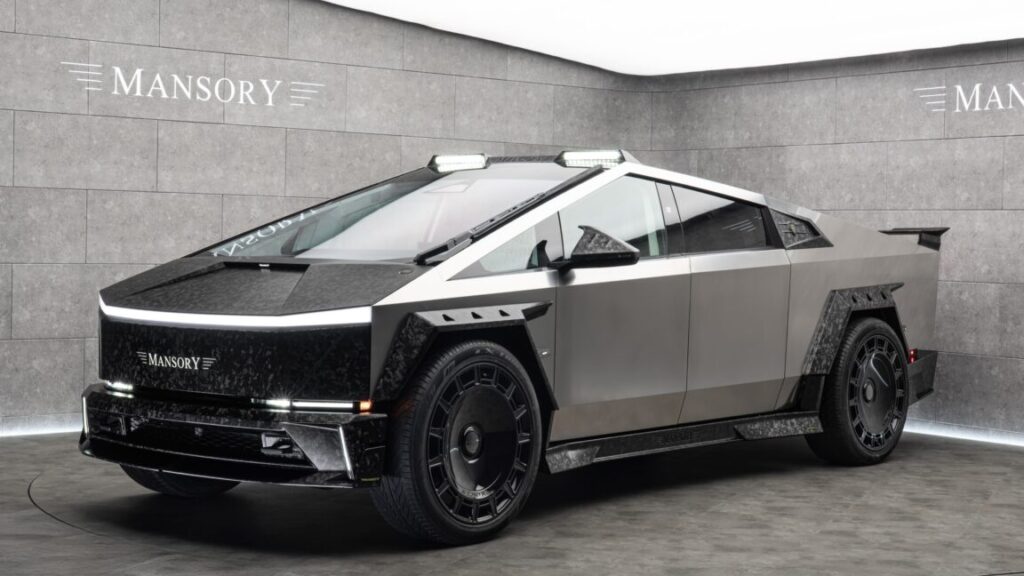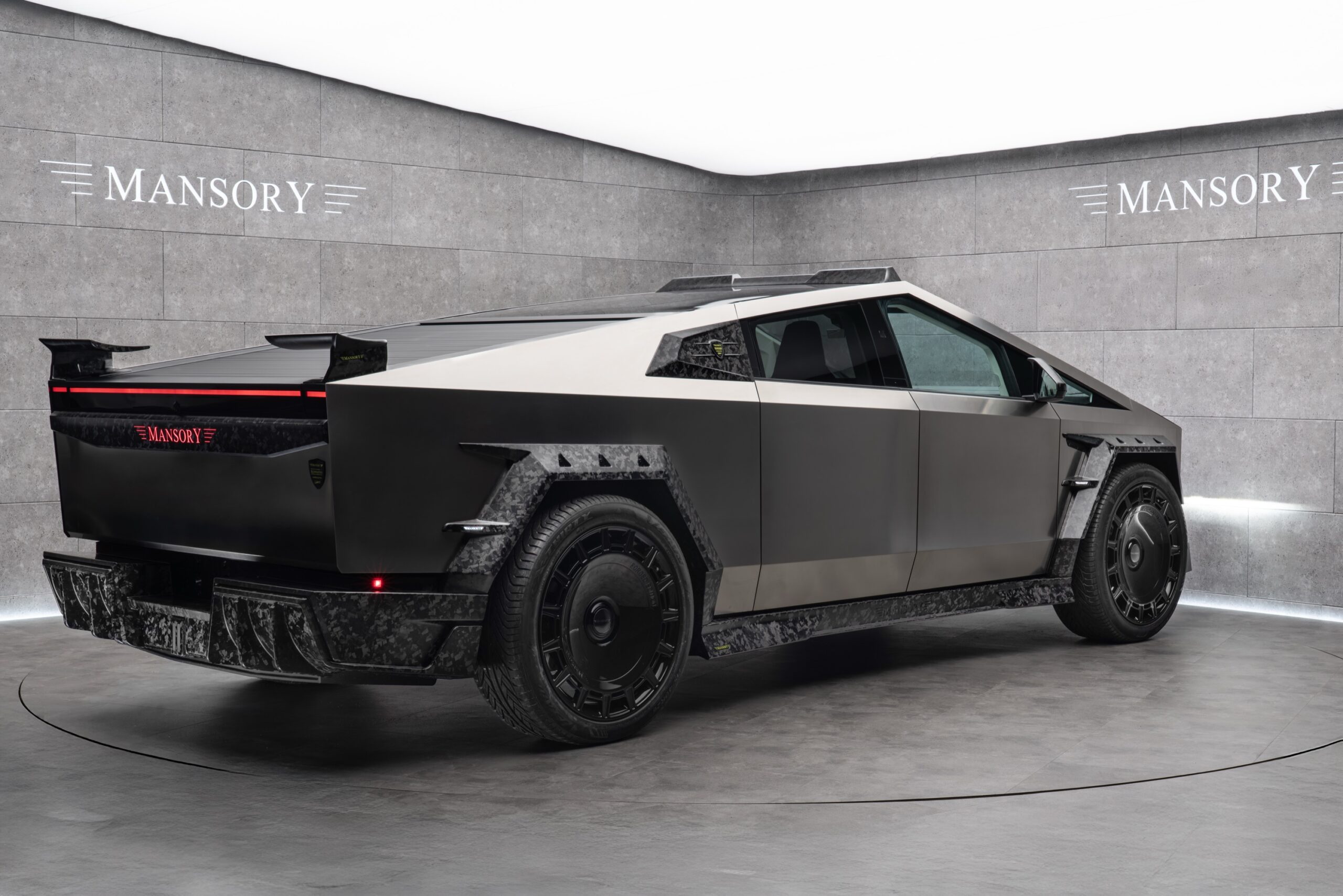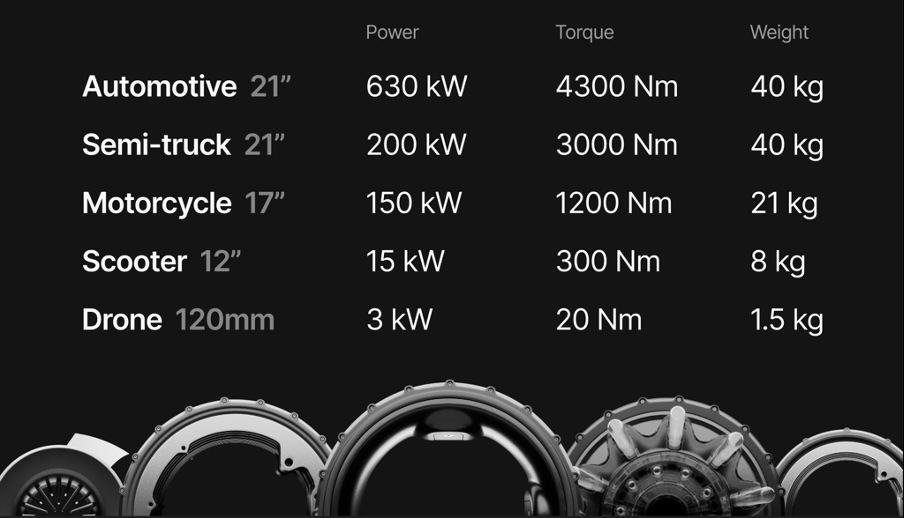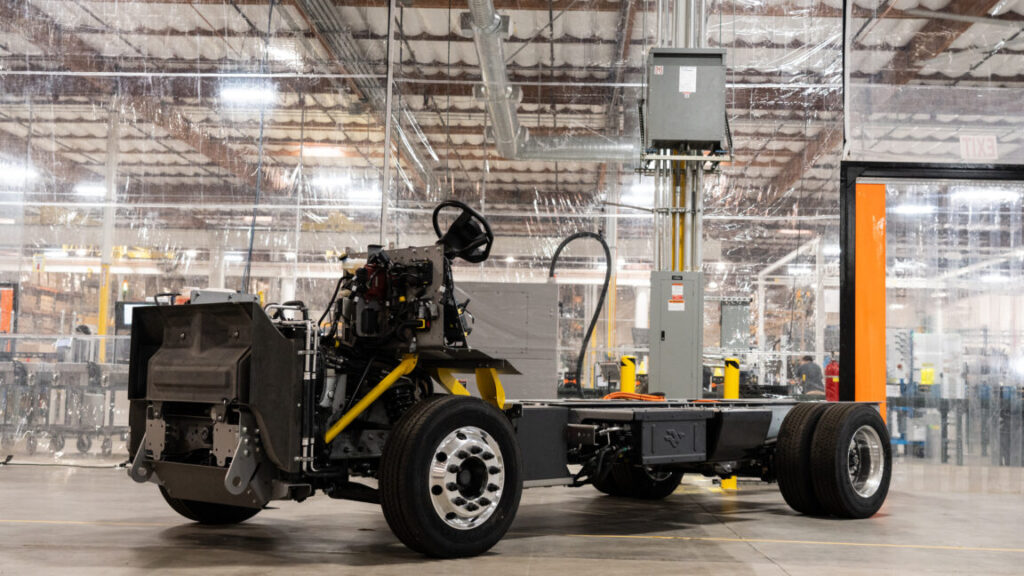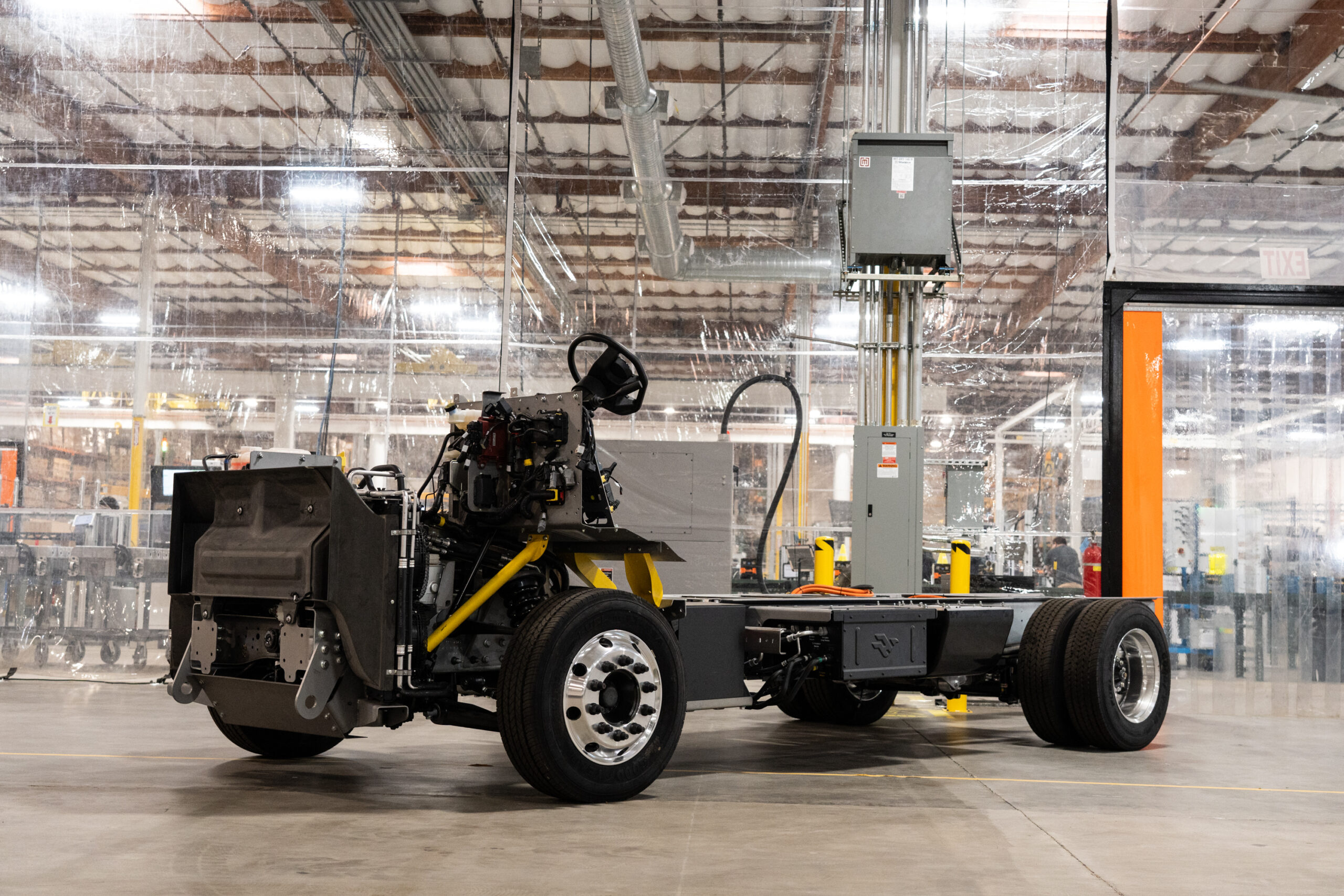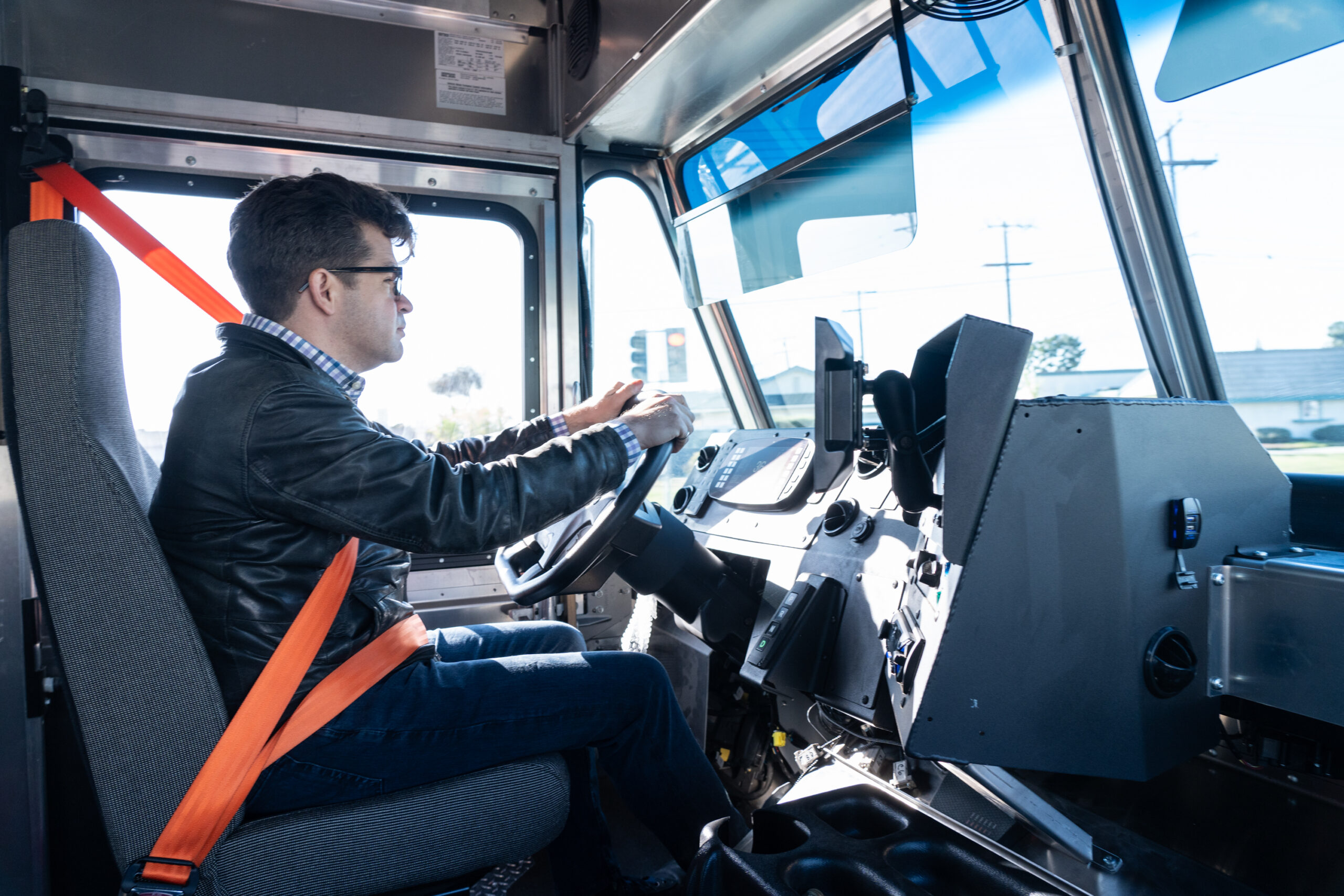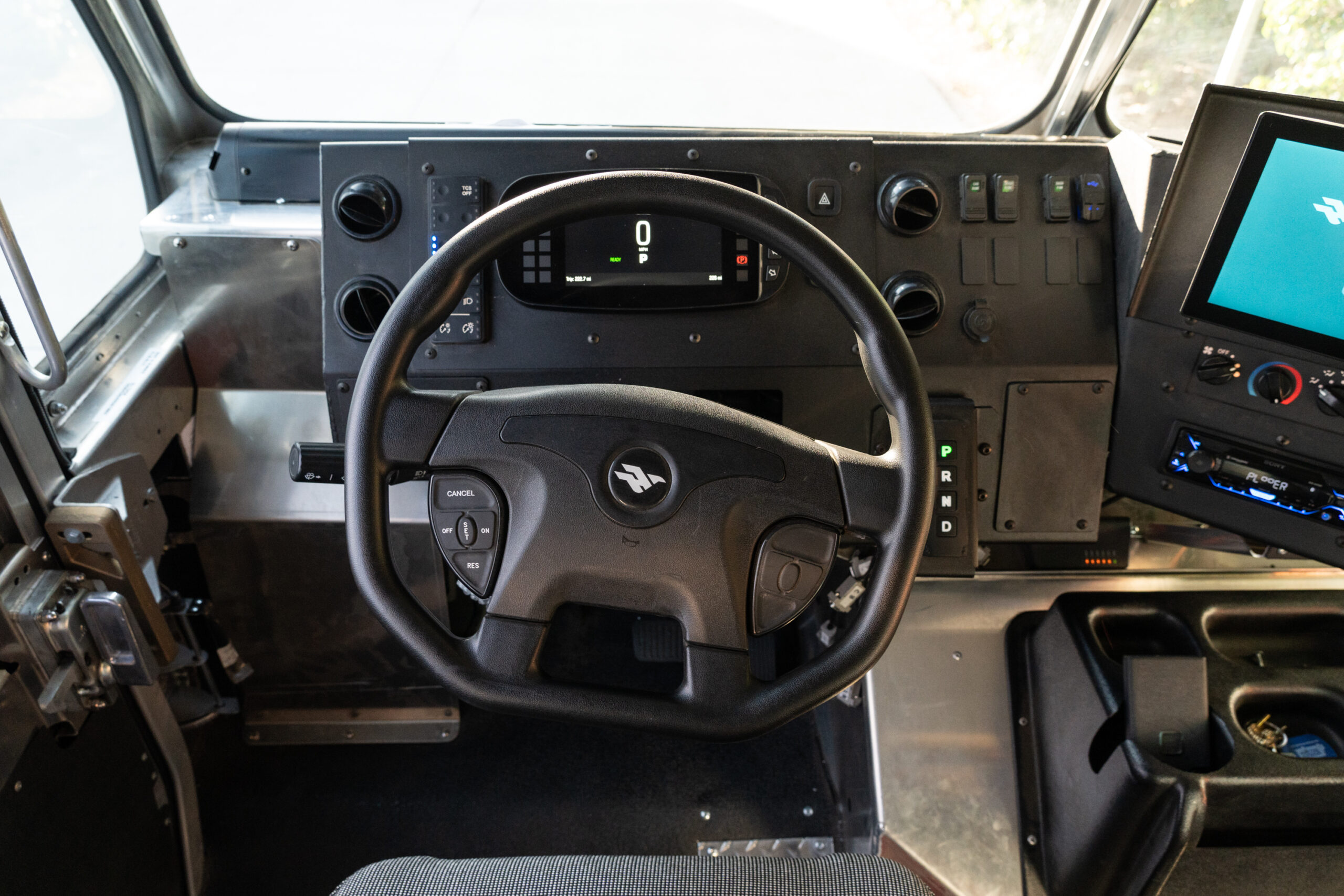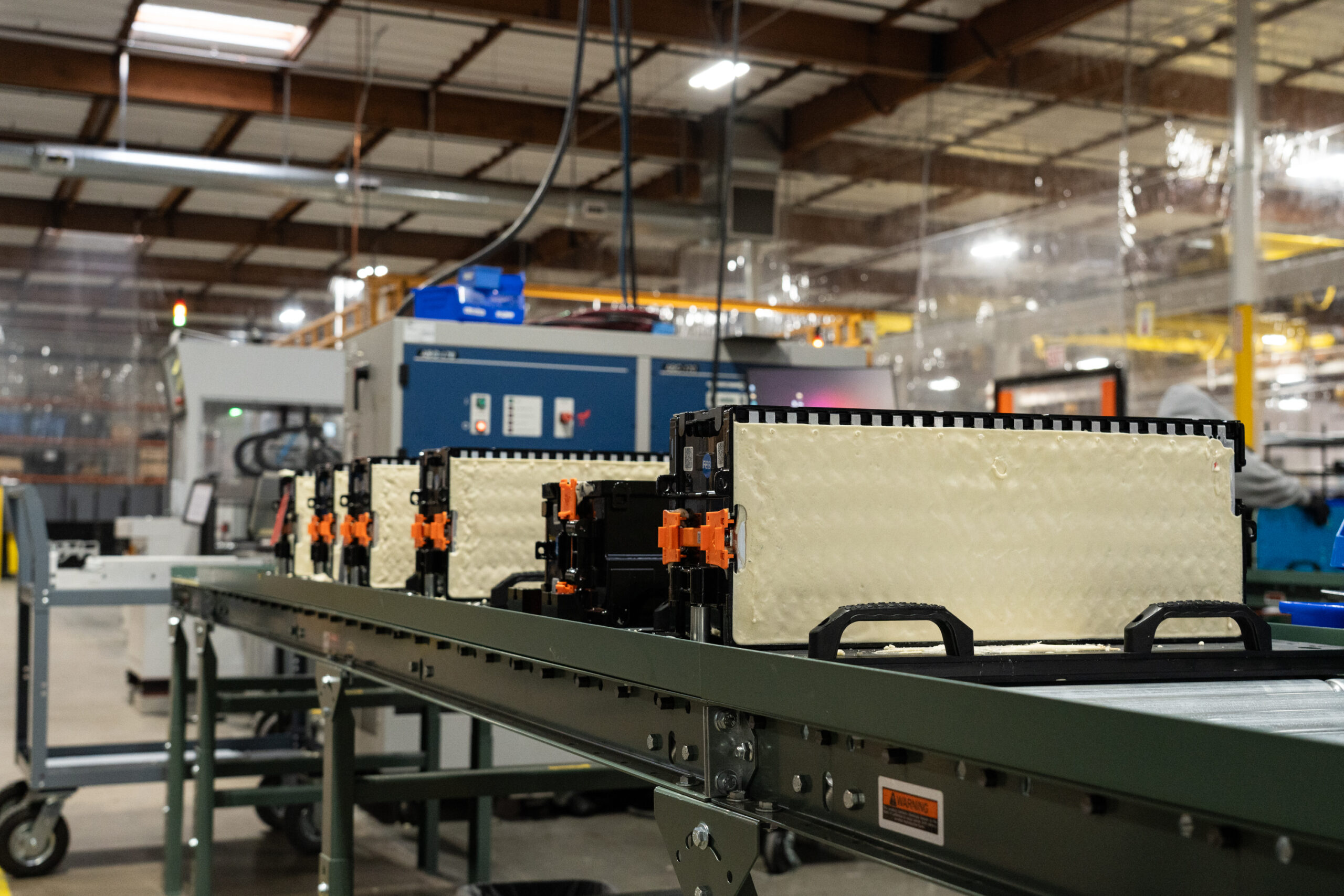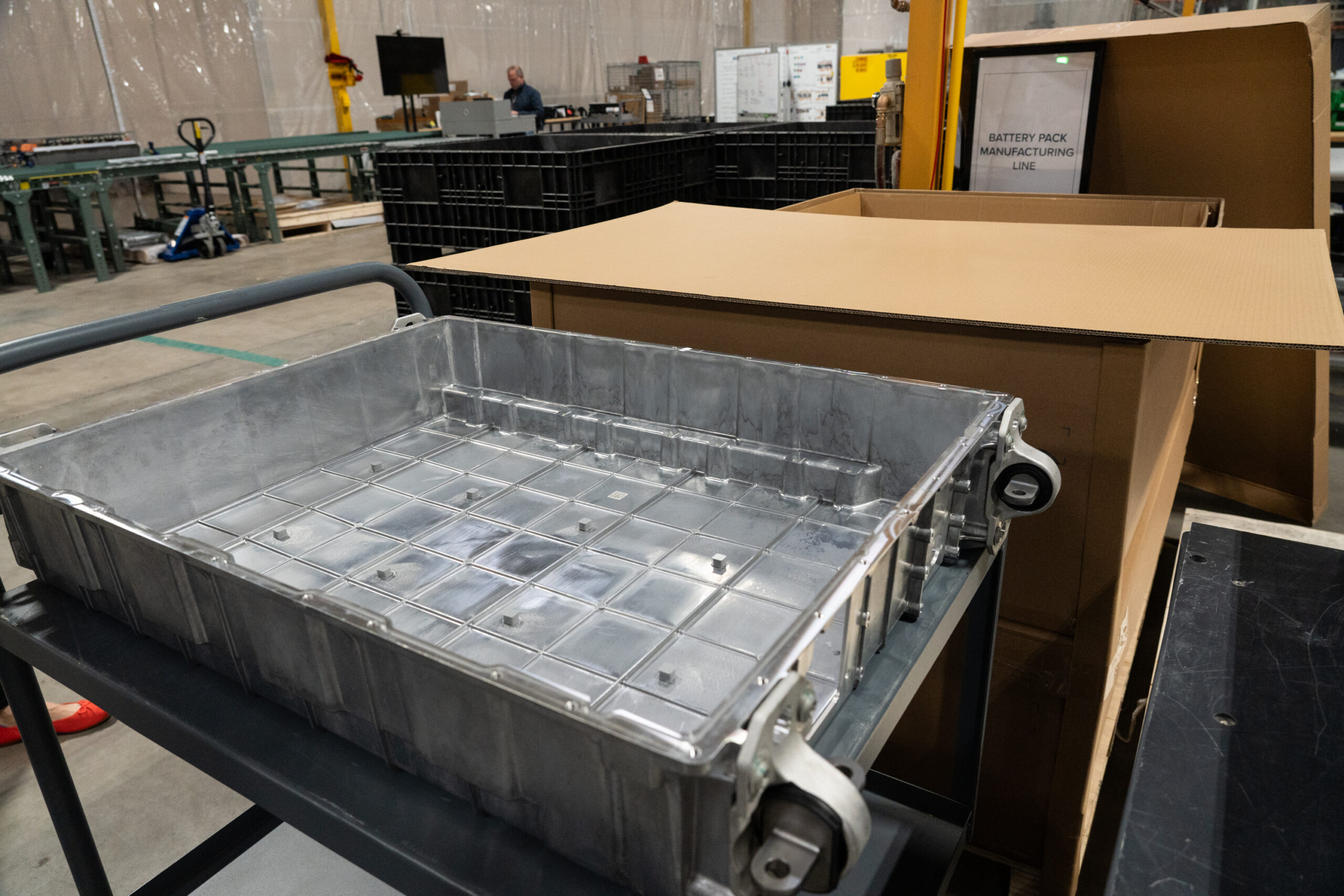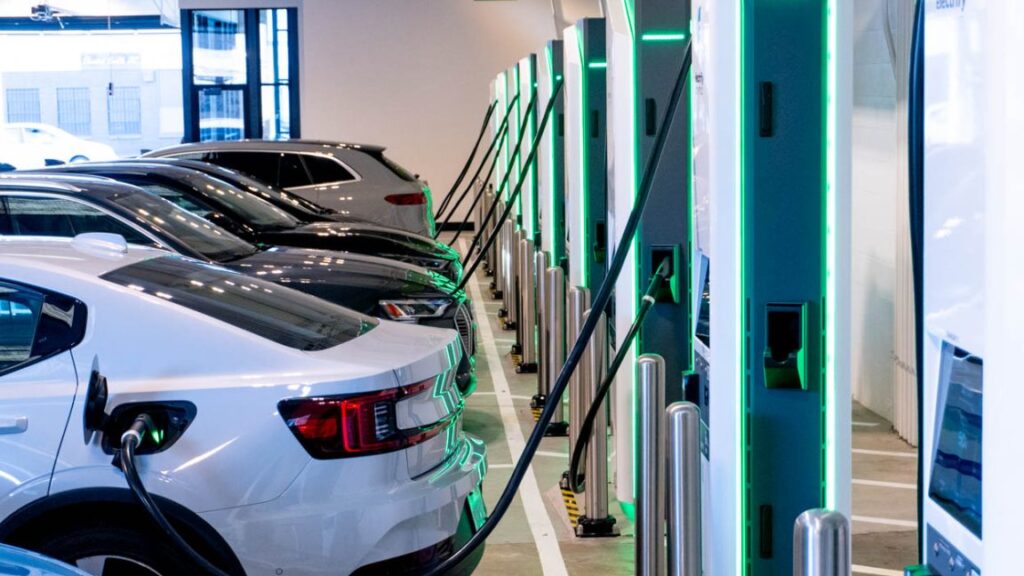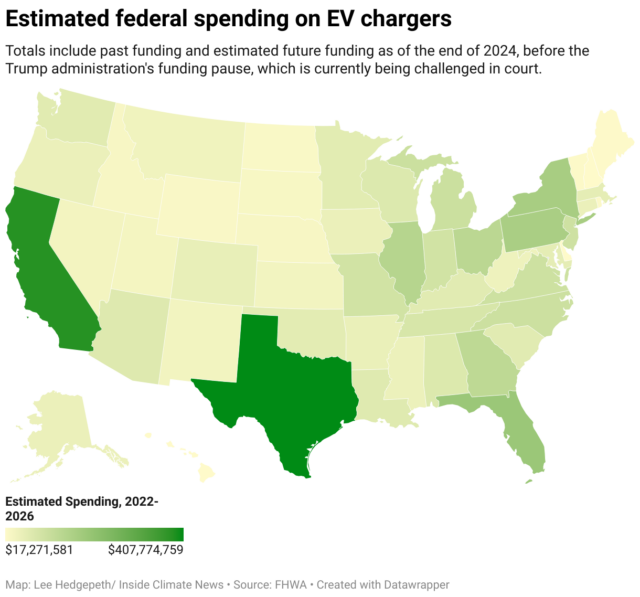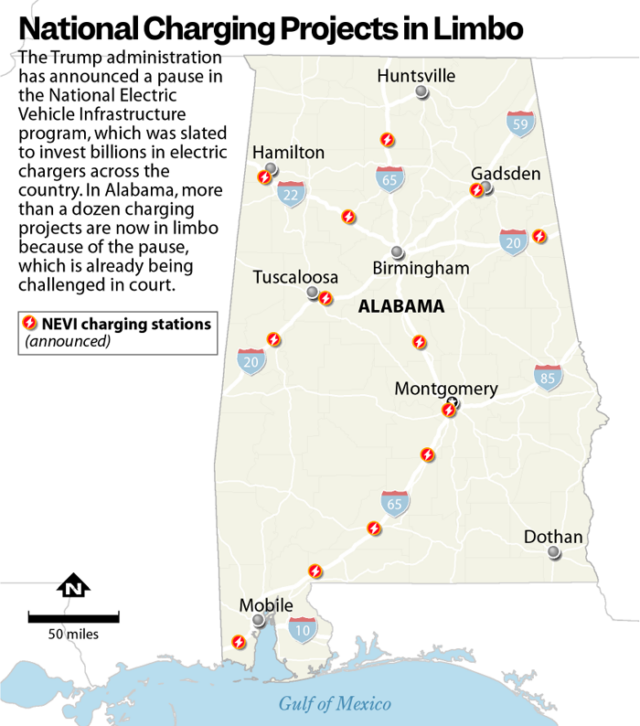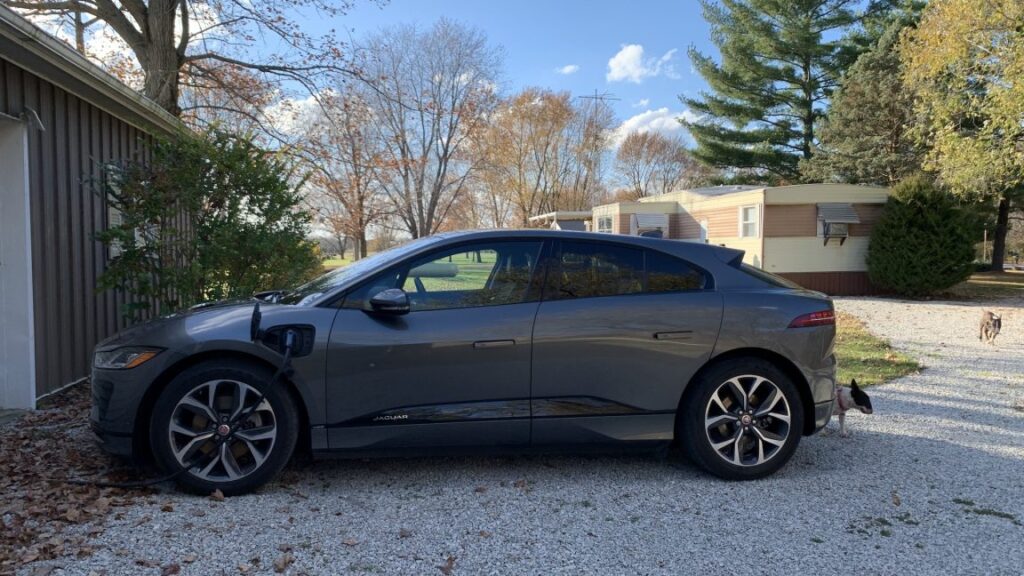Driving an EV restomod that costs as much as a house—the JIA Chieftain
The Chieftain Range Rover is a fascinating thing—a refitted, reskinned, restored classic Range Rover is no new thing, nor is one with a ludicrous American V8 stuffed under the hood. But one that can be had as a gas car, plug-in hybrid, or as an EV? It can be all of those things depending on which boxes you tick. Ars Technica went for a spin in the EV to see how it stacks up.
The UK is something of an EV restomod hub. It’s been throwing electricity in things that didn’t come off the line electrified in the first place for years. Businesses like Electrogenic, Lunaz, and Everrati will, for a price, make an old car feel a little more peppy—depending on who you go to, it’ll come back restored as well. The Chieftain isn’t quite like them. Developed by Oxfordshire, UK, based Jensen International Automotive (the company’s bread ‘n butter is Jensen Interceptors), the Chieftain is an old Range Rover turned up to VERY LOUD. Or, actually, not loud at all.
Of course, these things come at a cost. A Chieftain EV Range Rover conversion, today, will set you back at least $568,000 should you choose to order one. This one was a private commission, and at that price there won’t be any built on spec on the off chance someone wants to buy one “off the peg.” By any stretch of the imagination it is a huge amount for an old car, but they’re custom-built from start to finish.
The Range Rover has aged well. Alex Goy
Yours will be made to your specification, have CarPlay/Android Auto, and the sort of mod cons one would expect in the 2020s. Under its perfectly painted shell—the color is your choice, of course—lives a 120 kWh battery. It’s made of packs mounted under the hood and in the rear, firing power to all four wheels via three motors: one at the front, and two at the rear. The tri-motor setup can theoretically produce around 650 hp (485 kW), but it’s paired back to a smidge over 405 hp (302 kW), so it doesn’t eat its tires on a spirited launch. There’s a 60: 40 rear-to-front torque split to keep things exciting if that’s your jam. Air suspension keeps occupants comfortable and insulated from the world around them.
Driving an EV restomod that costs as much as a house—the JIA Chieftain Read More »

